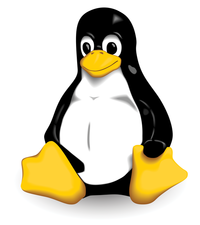Freeing the Linux kernel
Free At Last

© © lewing@isc.tamu.edu
The Linux kernel and its penguin mascot are widely viewed as the symbol of free and open source software. The truth, however, is that the Linux kernel is only partly free.
According to Alexandre Oliva, one of the founders of Free Software Foundation (FSF) Latin America [1], the Linux kernel was originally free when it was relicensed in 1992 under the second version of the GNU General Public License (GPL). However, since about 1996, it has been accepting what are known as firmware blobs – binary, proprietary bits of code best-known to occur in drivers for wireless and other peripherals. Because the source code for these blobs is not available, Oliva and other free software advocates argue that they make the entire kernel non-free.
That is why Oliva started the GNU Linux-libre project [2], so that free software advocates can become aware of the problem and use a truly free kernel with their operating system. Oliva has been an active member of The GNU Project since 1991, starting as a bug reporter and, after a couple of years, maintaining Autotools and the GNU Compiler Collection. After this work landed him a job with Red Hat in 2000, he also became involved with binutils, glibc, and the GNU Project Debugger. He has since become known as a regular speaker about the free software project.
Blobs
"The first blobs in Linux," Oliva explains, "were very small pieces of object code, disguised in the source code as arrays of characters [and] licensed under lax permissive free software licenses." However, he says:
[...]
Buy this article as PDF
(incl. VAT)
